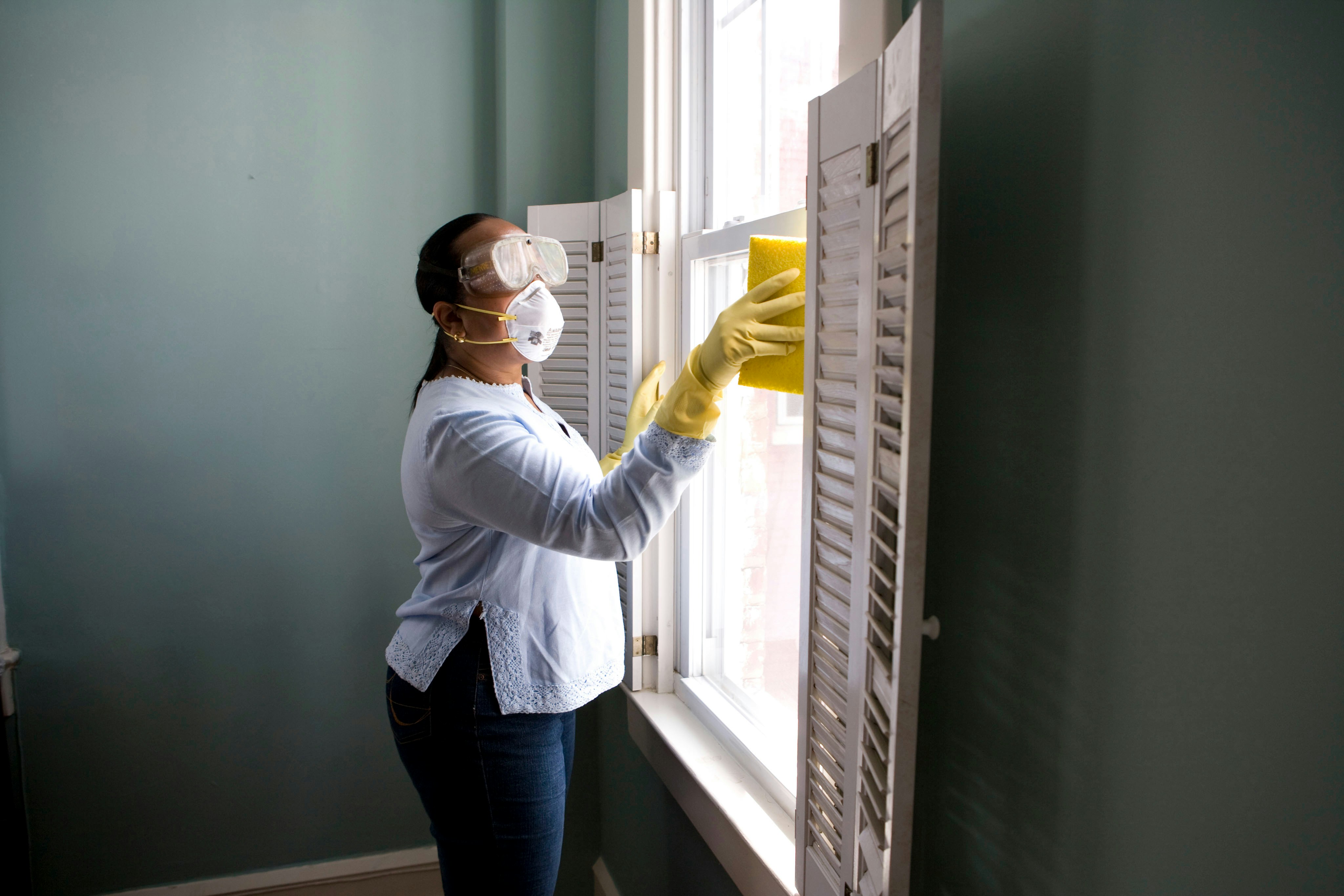Have you ever wondered how to keep your PC running smoothly and efficiently? Well, look no further! In this article, we will guide you on how to clean the interior of your PC, giving you step-by-step instructions on dust removal and cleaning internals. Dust buildup can cause overheating and slow down your computer, so it’s important to give it some TLC every now and then. With our easy-to-follow tips and tricks, you’ll have your PC looking and functioning like new in no time. So grab your cleaning supplies and let’s get started!
Preparing for Cleaning
Before you begin cleaning the interior of your PC, it’s important to gather the necessary tools. Having the right tools will make the cleaning process easier and more effective. Here are some tools you will need:
Gathering the Necessary Tools
- Compressed air canister or air compressor: This will be used to blow away dust from various components.
- Soft brush: A soft-bristled brush will help remove dust from hard-to-reach areas.
- Isopropyl alcohol: This will be used for cleaning stubborn stains and dirt.
- Soft cloth: A microfiber cloth or lint-free cloth will help clean delicate components without scratching them.
Next, you should shut down and disconnect your PC from any power sources. This step is crucial for your safety and to avoid any damage to the components.
Shutting Down and Disconnecting the PC
- Save and close all open files and applications.
- Shut down your PC properly using the operating system‘s shutdown options.
- Unplug the power cord from the back of your PC and disconnect any other cables connected to it, such as Ethernet or USB cables.
- If you have a laptop, remove the battery if possible.
By taking these steps, you ensure that your PC is powered off completely and disconnected from any power sources.
Removing Dust from the Exterior
The exterior of your PC can gather quite a bit of dust over time, and it’s essential to remove it to maintain proper airflow and prevent overheating. Here are a few methods you can use to remove dust from the exterior:
Using Compressed Air to Blow Away Dust
Hold the canister of compressed air or the air compressor nozzle a few inches away from the PC’s surface and use short bursts of air to blow away the dust. Start from the top and work your way down, ensuring that you cover all areas, including vents and crevices.
Using a Soft Brush to Remove Dust
Use a soft brush to gently sweep away any remaining dust. Be careful not to apply too much pressure or use a brush with hard bristles, as it may scratch the surface of your PC. Pay attention to hard-to-reach areas, such as the corners and edges.
By using these methods, you can effectively remove dust and keep the exterior of your PC clean.
Opening the PC Case
To access the internal components of your PC for cleaning, you will need to open the PC case. This process may vary depending on your PC model or case design, but here are the general steps to follow:
Turning Off the Power Supply
Locate the power supply unit (PSU) switch at the back of your PC and turn it off. This will prevent any electrical current from flowing through the components while you clean them.
Removing Side Panels
Most PC cases have removable side panels that allow easy access to the internal components. Check for any screws or latches securing the panels and carefully remove them. Gently slide the panels off, taking care not to force or damage any components inside.
Once the case is open, you will have access to the internal components and can proceed with cleaning.
Cleaning Internal Components
Dust buildup on the internal components of your PC can affect their performance and cause overheating. It’s crucial to clean these components regularly to ensure optimal airflow and prevent potential damage. Here’s how you can clean the internal components:
Using Compressed Air for Dust Removal
Using short bursts of compressed air, blow away the dust from the different components. Focus on areas such as the motherboard, expansion cards, and memory modules. Be careful not to apply too much pressure or get too close to the components to avoid causing any damage.
Carefully Cleaning Fans and Heat Sinks
Dust tends to accumulate on fans and heat sinks, hindering their performance. Use compressed air to blow away the loose dust on the fans and heat sinks. If there is stubborn dust or dirt, you can gently wipe the surface using a soft brush or a microfiber cloth.
Cleaning the Power Supply Unit
The power supply unit (PSU) is responsible for supplying power to your PC. Over time, dust can accumulate inside the PSU, affecting its efficiency and potentially causing damage. Use compressed air to blow away the dust from the PSU and its fan. Be cautious while cleaning the PSU, as it contains sensitive components.
By cleaning these internal components regularly, you can ensure optimal performance and prevent any potential issues.
Cleaning the Motherboard
The motherboard is the central component of your PC, housing various other components. Cleaning the motherboard is crucial for maintaining its functionality and preventing damage. Here’s how you can clean the motherboard effectively:
Removing Dust from the Motherboard
Use compressed air to blow away dust from the surface of the motherboard. Pay extra attention to areas around the CPU socket, RAM slots, and expansion slots, as dust can accumulate in these places.
Using Isopropyl Alcohol for Stubborn Stains
If there are stubborn stains or dirt on the motherboard, you can use isopropyl alcohol to clean them. Dampen a lint-free cloth with isopropyl alcohol and gently wipe the affected areas. Be cautious not to let any liquid drip onto the motherboard or its components. Allow the motherboard to dry completely before reassembling your PC.
Cleaning the motherboard regularly will help maintain its performance and extend its lifespan.
Cleaning Storage Drives
Cleaning your storage drives is essential to ensure their longevity and prevent data loss. Here’s how you can clean different types of storage drives:
Cleaning Dust and Debris from Hard Disk Drives
Hard disk drives (HDDs) can accumulate dust and debris, affecting their read and write speeds. Use compressed air to blow away the dust from the surface of the HDD. Be mindful not to direct the airflow too close to the HDD’s delicate components.
Using Isopropyl Alcohol and Soft Cloth for Solid-State Drives
Solid-state drives (SSDs) are more sensitive than HDDs, and you need to handle them with care. To clean an SSD, dampen a soft cloth with isopropyl alcohol and gently wipe the drive’s surface. Avoid applying excessive pressure or using abrasive materials that may scratch the SSD.
Regularly cleaning your storage drives will help maintain their performance and prevent any potential data loss.
Cleaning the Graphics Card
The graphics card is responsible for processing and rendering graphics on your PC. Cleaning the graphics card is crucial for preventing overheating and maintaining optimal performance. Here’s how you can clean your graphics card:
Removing Dust from the Graphics Card
Use compressed air to blow away the dust from the surface of the graphics card. Pay attention to the fans and heat sinks attached to the graphics card as they tend to accumulate dust. Ensure that the compressed air is directed away from the delicate components.
Applying Proper Thermal Paste for Heat Dissipation
Over time, the thermal paste between the graphics card and the heat sink can degrade, affecting heat dissipation. If you notice increased temperatures or poor performance, consider applying fresh thermal paste to ensure optimal heat transfer. Refer to your graphics card’s manufacturer guidelines for proper application techniques.
By regularly cleaning your graphics card, you can keep it running smoothly and prevent any potential issues.
Cleaning the RAM
Random Access Memory (RAM) is responsible for temporarily storing data for your PC’s active processes. Cleaning the RAM ensures proper functionality and prevents any errors. Here’s how you can clean the RAM:
Removing Dust from RAM Slots
Use compressed air to blow away any dust or debris from the RAM slots on the motherboard. Be cautious not to touch the gold pins on the RAM modules as this may cause damage.
Cleaning Memory Modules
If there are visible stains or dirt on the RAM modules, you can use isopropyl alcohol and a soft cloth to gently clean them. Dampen the cloth with isopropyl alcohol and wipe the gold pins and the surface of the RAM modules. Allow them to dry completely before reinstalling.
Regularly cleaning your RAM will help maintain its performance and prevent any potential errors.

Cleaning the Cooling System
The cooling system in your PC is responsible for dissipating heat and maintaining the optimal temperature for the components. Regularly cleaning the cooling system is essential to prevent overheating and ensure reliable performance. Here’s how you can clean the cooling system:
Cleaning Radiators and Water Blocks in Liquid Cooling Systems
If you have a liquid cooling system in your PC, you need to clean the radiators and water blocks. Use compressed air to blow away dust and debris from the radiator fins. You can also rinse the radiators with distilled water to remove any accumulated dirt. Take caution not to spill any water onto the components.
Cleaning CPU Coolers and Heat Pipes
For air cooling systems, clean the CPU cooler and heat pipes by using compressed air to blow away dust and debris. Pay attention to the fan blades, heat sink, and heat pipes. If necessary, you can use a soft brush or a lint-free cloth to wipe away stubborn dirt.
By keeping your cooling system clean, you can ensure efficient heat dissipation and prevent any potential overheating issues.
Reassembling and Finishing
After you have thoroughly cleaned the interior of your PC, it’s time to reassemble and finish the process. Here are the final steps to complete the cleaning process:
Closing the PC Case
Carefully align the side panels of the PC case and slide them back into place. Secure them with any screws or latches that were removed earlier. Ensure that the panels are properly sealed to maintain proper airflow.
Reconnecting Cables and Powering On the PC
Reconnect all the cables that were disconnected earlier, such as the power cord, Ethernet cable, and USB cables. If you removed the battery from a laptop, reinsert it into the laptop. Once everything is properly connected, power on your PC and ensure that it boots up correctly.
Congratulations! You have successfully cleaned the interior of your PC and ensured its optimal performance and longevity. Regular cleaning and maintenance will help prevent dust buildup and improve your PC’s overall lifespan. Remember to repeat this cleaning process periodically to maintain a clean and dust-free PC. Happy computing!




